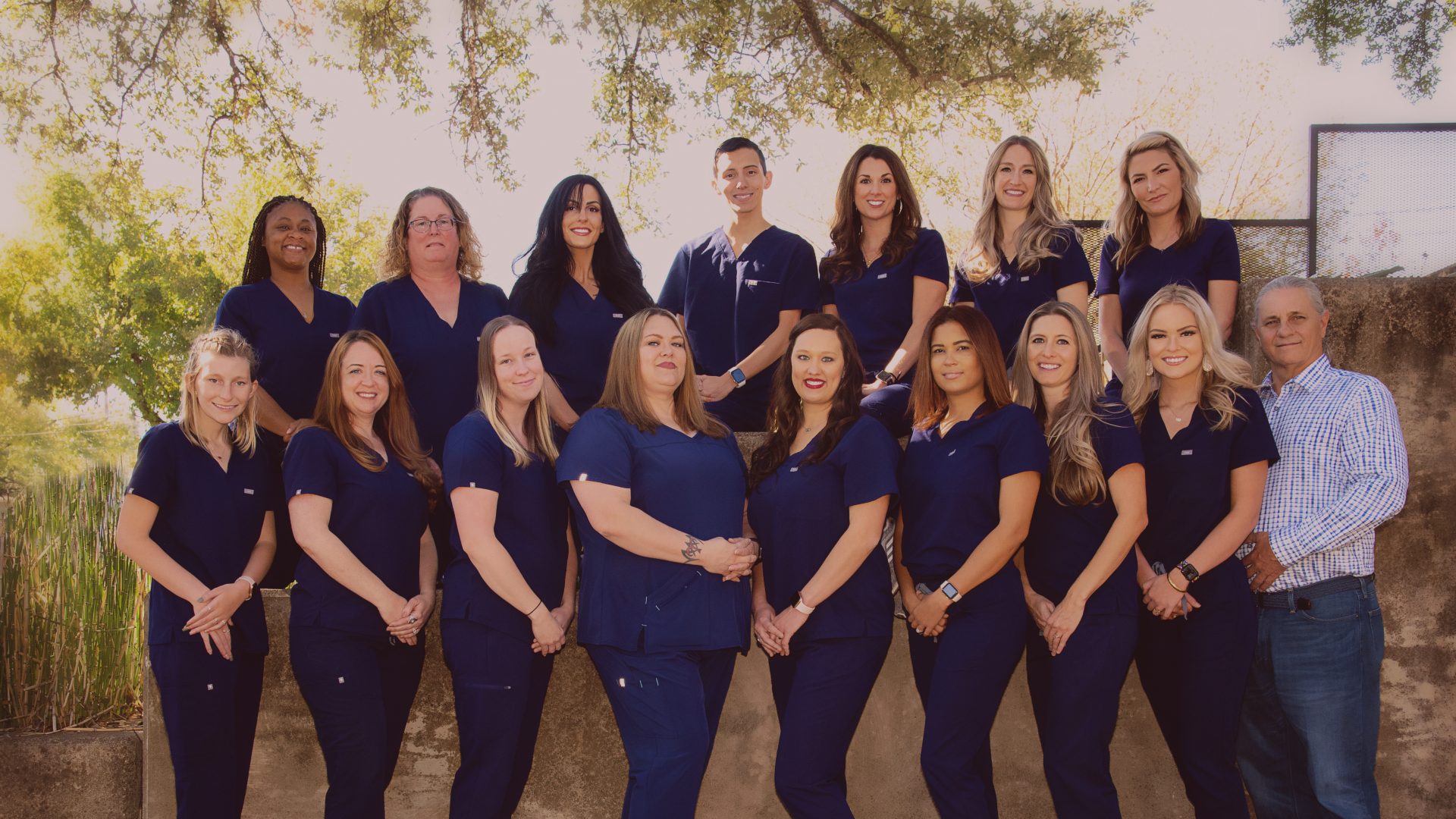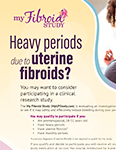“We will just keep an eye on things,” my doctor stated to me after diagnosing me with uterine fibroids. I wasn’t expecting to be diagnosed with something that sounded so unsettling. Relatively symptom free, I wondered how this new diagnosis was going to affect my life. Was I in danger? Should I be worried? Would I start to feel pain?
It turns out that about 20 to 80 percent of women are diagnosed with uterine fibroids by the time they reach their 50s. Some women have no symptoms while others experience heavy bleeding, cramping, back pain, and in some cases expansion of the stomach area that mimics the appearance of pregnancy. I was relieved to find I wasn’t alone.
Uterine fibroids are noncancerous growths on your uterus made up of muscle cells and other tissues. Some fibroids can be very small, while others may be especially large. Many women may even develop multiple fibroids. The size and location of the fibroid generally influences the symptoms we experience.
The good news is that fibroids typically aren’t dangerous. They are slow growing, and some don’t grow at all. They are benign and rarely interfere with pregnancy; however, if they are located in the uterine cavity, the risk of pregnancy complications or even infertility is heightened. Anemia can be a concern if you have excessive bleeding associated with the fibroids as well.
The symptoms associated with fibroids typically determine the course of action as far as treatment goes. If you’re like me, with little to no symptoms, your doctor may very well advise you to watch and wait. On the other hand, if you are suffering with symptoms related to your fibroids, you may be seeking treatment options. A clinical research study may be a great option for you to consider. FMC Science is currently enrolling those experiencing heavy periods due to uterine fibroids. Participants are seen by board-certified doctors and other medical professionals who will take a close look at your condition and help you further understand how to manage your fibroid symptoms. Participants may also receive access to new treatment options, and are compensated for time and travel. To learn more about this study opportunity, click below:



